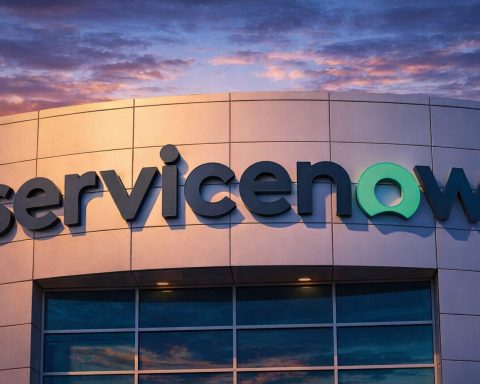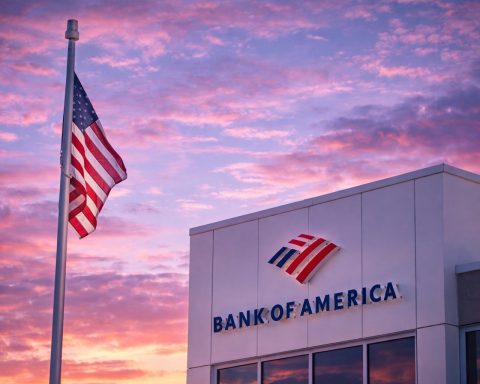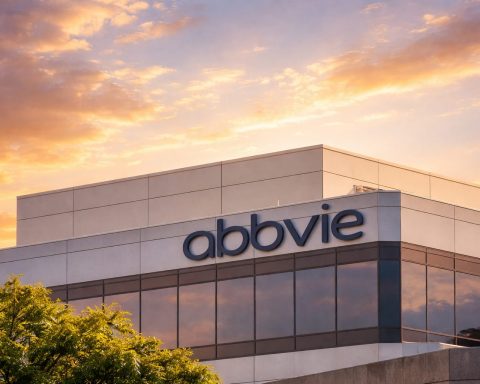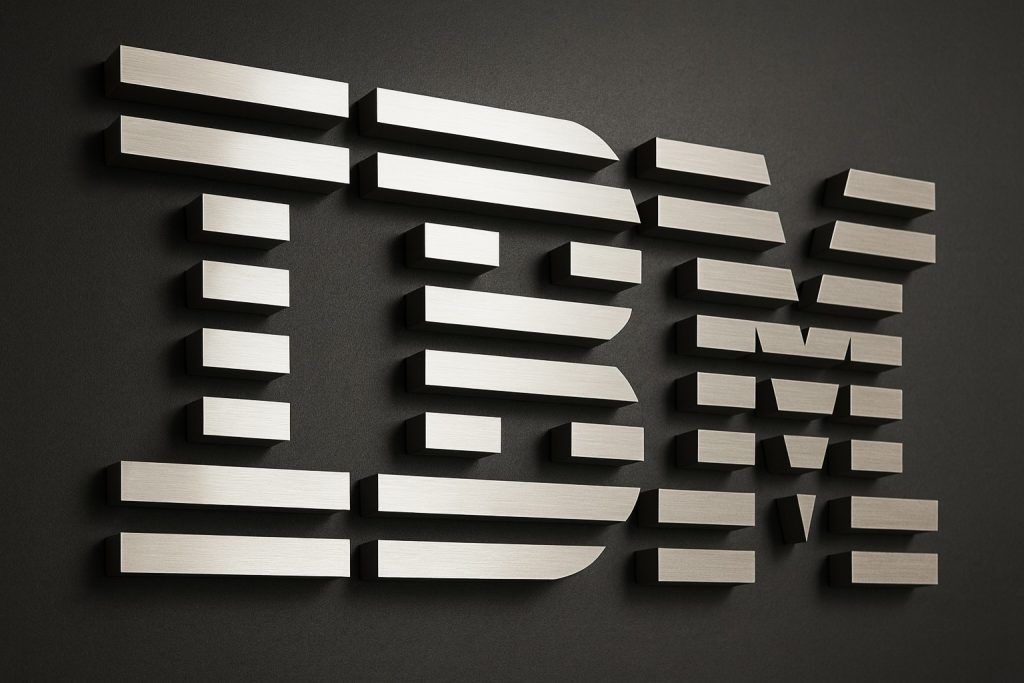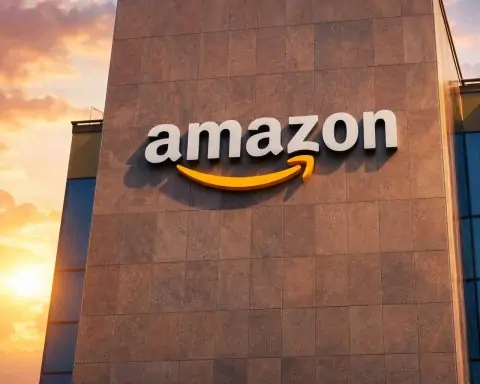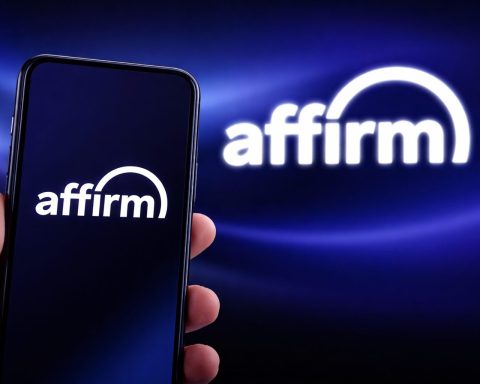Amazon’s Space Race: Project Kuiper Launches 27 More Satellites — How It Stacks Up Against Starlink
- Launch Details: A ULA Atlas V 551 rocket lifted off from Cape Canaveral on Sept. 25, 2025, carrying 27 Amazon Project Kuiper satellites into low Earth orbit [1]. This was the fifth Project Kuiper mission, following two Atlas V and two SpaceX Falcon 9 launches that have already sent 102 Kuiper satellites to orbit since April 2025 [2]. After this launch, Amazon’s Kuiper constellation will total 129 satellites in orbit [3].
- Project Kuiper Ambitions: Amazon’s Project Kuiper aims to deploy a megaconstellation of ~3,200 satellites in LEO to beam broadband internet globally [4]. The project is a $10 billion initiative announced in 2019 to rival SpaceX’s Starlink, targeting consumers, businesses, and governments as customers [5]. Under its FCC license, Amazon must launch and operate half of the planned satellites (1,618) by July 30, 2026, and the rest by July 2029 [6]. Internet service is slated to begin once the first 578 satellites are up [7], with Amazon hoping to start serving initial customers by late 2025 [8].
- Rapid Launch Campaign: 2025 has seen an aggressive launch schedule for Kuiper. Amazon deployed 102 satellites in just four months (Apr–Aug 2025) via two ULA Atlas V rockets and two SpaceX Falcon 9rockets [9]. This unusual partnership (buying launches from competitor SpaceX) was born of necessity – Amazon secured 92 launch contracts across ULA, Arianespace, Blue Origin, and SpaceX to get Kuiper off the ground [10]. ULA’s new Vulcan Centaur and Arianespace’s Ariane 6 rockets have been delayed, so interim use of Atlas V and Falcon 9 ensures Amazon can loft satellites quickly to meet FCC deadlines.
- Largest Commercial Launch Deal: Amazon’s launch agreements constitute “the world’s largest commercial launch contract”, according to ULA [11]. The company is partnering with ULA for 8 Atlas Vmissions and 38 Vulcan missions to deploy the bulk of the Kuiper constellation [12]. (Atlas V is being retired, making these Kuiper flights among its final missions.) Amazon also signed up 18 launches on Ariane 6 and 12 on Blue Origin’s New Glenn, demonstrating the scale of Amazon’s commitment [13]. In December 2023, Amazon even bought 3 Falcon 9 launches from SpaceX [14] – an ironic twist, using its rival’s rockets to accelerate Kuiper.
- Competition with Starlink: SpaceX’s Starlink currently dominates space-based internet with over 8,300 satellites in orbit (the largest satellite network ever) and active service to users worldwide [15]. Starlink began launching in 2019 and now serves over a million customers, including partnerships to provide in-flight Wi-Fi on airlines like Hawaiian, United, Air France, and others [16] [17]. Amazon is a late entrant but is racing to catch up. JetBlue recently became the first airline to choose Amazon’s Kuiper for in-flight Wi-Fi (starting in 2027), a notable win as several airlines had already signed with Starlink [18] [19]. “Our agreement with Project Kuiper marks an exciting leap forward for us as the hands-down leader in onboard connectivity,” said JetBlue president Marty St. George, noting the airline’s aim to keep passengers connected in flight [20]. Amazon also inked a deal with Airbus in April 2025 to integrate Kuiper connectivity into Airbus aircraft designs [21], signaling plans to compete broadly in the aviation connectivity market.
- OneWeb and Others: Amazon and SpaceX aren’t the only players in the LEO broadband race. OneWeb, now merged with Eutelsat, has a network of 648 satellites (its first-generation constellation, completed in 2023) providing connectivity to governments, enterprises, and telecommunications partners rather than directly to consumers [22] [23]. Industry watchers note that “SpaceX sells Starlink service directly to consumers, while OneWeb sells to enterprises and internet service providers” [24] – a difference in business model. Amazon’s approach with Kuiper is expected to be closer to Starlink’s direct-to-consumer model, leveraging Amazon’s consumer-device expertise and cloud infrastructure. In fact, Amazon executives say the company’s deep experience with consumer products and its Amazon Web Services (AWS)cloud network (which Kuiper satellites will connect with) are potential edges over Starlink in the long run [25]. Other projects in the wings include Telesat’s Lightspeed constellation and a planned Chinese mega-constellation (proposed ~13,000 satellites), underscoring that the global race for space internet is heating up on multiple fronts [26] [27].
- Technology and Service Plans: Amazon has developed customer hardware for Kuiper that could differentiate it on cost and performance. In 2020, the company unveiled a prototype flat-panel user terminal (antenna) about 30 cm (12″) wide, capable of up to 400 Mbps bandwidth – and at under 20% of the cost of traditional satellite antennas [28]. Affordable, compact receivers will be key for reaching underserved communities, which Kuiper targets as beneficiaries of its network [29] [30]. Amazon’s mission control in Redmond, WA takes charge of each satellite after deployment, raising them from initial 450 km orbits to operational altitude (~630 km) and checking out their health [31] [32]. The goal is to begin limited service by end of 2025 if all goes well [33] [34], likely starting in higher-latitude regions once a few hundred satellites are in place [35]. As Amazon representatives put it, “We’re continuing to accelerate our production, processing and deployment rates. Our goal is to begin delivering service to our first customers later this year, and to roll out more widely as we add coverage and capacity” [36] [37].
- Challenges Ahead: Despite recent successes, Project Kuiper faces steep challenges. Amazon must maintain an unprecedented launch cadence – roughly over 50 satellites per month on average – to reach 1,618 satellites by mid-2026. Analysts have noted that Amazon’s late start (its first production launch came over three years after Starlink’s) means it “is likely to seek an extension” on the FCC’s 2026 deadline [38] if rockets or satellites aren’t ready in time. The company’s heavy reliance on not-yet-operational rockets (ULA’s Vulcan, Arianespace’s Ariane 6, Blue Origin’s New Glenn) compresses the schedule further – any delays there could bottleneck deployment. There are also industry-wide concerns about orbital debris and astronomy interference from mega-constellations, including Kuiper and Starlink, which regulators and astronomers are closely watching [39] [40]. Amazon did secure FCC approval of its orbital debris mitigation plan in early 2023 [41], but it will have to ensure responsible operations as hundreds (eventually thousands) of its satellites join the crowded skies.
- The Road Ahead: In the coming weeks and months, Amazon’s launch campaign continues at full throttle. Another Falcon 9 launch (Kuiper’s third on SpaceX) is scheduled for Oct. 1, 2025 with 24 more Kuiper satellites [42]. ULA is preparing additional Atlas V missions (one more in late 2025) before transitioning completely to the Vulcan Centaur for Kuiper launches [43]. The first Vulcan launch for Kuiper (carrying 45 satellites) is tentatively slated for Q4 2025 [44], marking a new chapter for ULA’s fleet. “This launch continues a new chapter in the commercial launch industry as Amazon partners with ULA to deploy a majority of its advanced satellite constellation using eight Atlas V and 38 Vulcan rockets,” ULA said of the Kuiper-3 mission [45]. In other words, Kuiper will be a dominant customer for next-gen launch vehicles, potentially driving innovation and competition in the launch sector.
Bottom Line: Amazon’s latest launch of 27 Kuiper satellites is a significant milestone in the space internet showdownwith SpaceX. It dramatically scales up Amazon’s in-orbit assets and demonstrates the company’s commitment to catching up in this critical new industry. Project Kuiper is still in early days – 129 satellites versus Starlink’s 8,000+ – but Amazon’s vast resources, massive launch contracts, and integrations with its tech ecosystem position it as a formidable challenger. If Amazon can execute its blistering launch schedule and hit service milestones, 2025–2026 will see global broadband competition move to low Earth orbit. Consumers in remote and connected areas alike stand to benefit from new choices in satellite internet, as Amazon and SpaceX (and others) push each other to expand coverage, increase speeds, and lower costs. The race is on to connect the world from space, and with this latest launch, Amazon just hit the accelerator.
Sources: Amazon/ULA mission updates [46] [47]; Spaceflight Now & Space.com reports [48] [49]; FCC and company filings [50] [51]; Reuters and SpaceNews analysis [52] [53]; expert commentary from industry officials [54] [55]; and official statements from Amazon, ULA, and partners [56] [57].
References
1. www.space.com, 2. www.space.com, 3. spaceflightnow.com, 4. www.space.com, 5. www.reuters.com, 6. en.wikipedia.org, 7. en.wikipedia.org, 8. www.space.com, 9. www.space.com, 10. en.wikipedia.org, 11. www.fox35orlando.com, 12. www.fox35orlando.com, 13. en.wikipedia.org, 14. en.wikipedia.org, 15. www.space.com, 16. www.space.com, 17. www.space.com, 18. www.space.com, 19. www.space.com, 20. www.space.com, 21. www.space.com, 22. spaceflightnow.com, 23. spaceflightnow.com, 24. spaceflightnow.com, 25. www.reuters.com, 26. www.space.com, 27. www.space.com, 28. en.wikipedia.org, 29. www.fox35orlando.com, 30. www.reuters.com, 31. spaceflightnow.com, 32. www.space.com, 33. www.space.com, 34. www.reuters.com, 35. www.reuters.com, 36. www.space.com, 37. www.space.com, 38. www.reuters.com, 39. en.wikipedia.org, 40. www.space.com, 41. en.wikipedia.org, 42. en.wikipedia.org, 43. en.wikipedia.org, 44. en.wikipedia.org, 45. www.fox35orlando.com, 46. www.space.com, 47. www.fox35orlando.com, 48. spaceflightnow.com, 49. www.space.com, 50. en.wikipedia.org, 51. www.reuters.com, 52. www.reuters.com, 53. www.reuters.com, 54. spaceflightnow.com, 55. www.reuters.com, 56. www.fox35orlando.com, 57. www.space.com


